
Your passport has less than six months left before it expires! You have international travels coming up. Your friends have told you that the U.S. Department of State is backlogged and it’s taking weeks to renew a passport. Is all of that making you nervous? I travel internationally so frequently, that my 52-page passport filled […]

Do you feel disoriented, drowsy and irritable after a 24 hour long flight? Jet Lag is a real thing that frequent travelers like myself encounter as a health hazard. Experts say that jet lag occurs for every time zone crossed, and I often cross three continents within a month. It takes a few days to […]
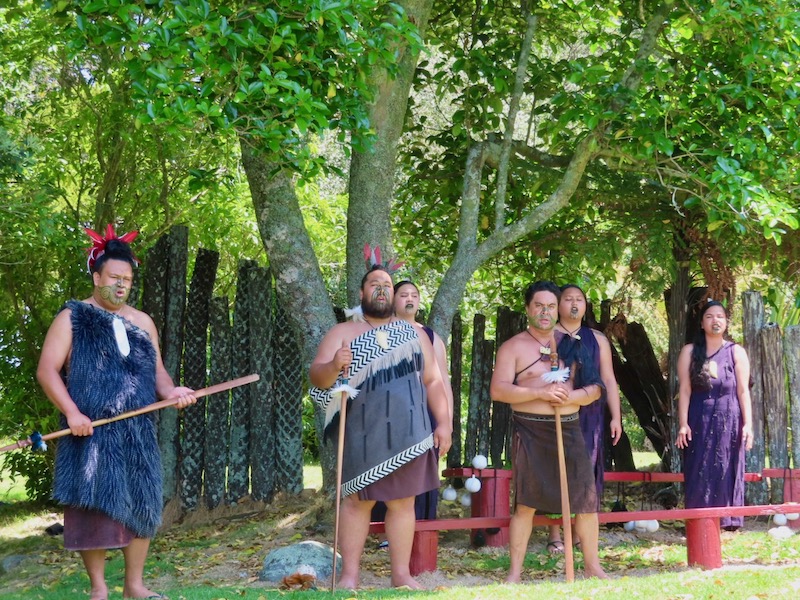
When I founded Go Eat Give in 2011, sustainable travel was a fairly new concept. Beyond gap years and volunteering abroad, there weren’t many options for vacationers to travel sustainably and meaningfully. But today, I feel we are more conscious about the impact we make when we travel. From protecting the environment, leaving lower carbon […]

It seems that the entire world is tired of staying home for over 2 years, and travel has returned with vengeance. In fact, airline ticket sales are at their all time high and hotel prices have skyrocketed this year. People are traveling abroad despite the confusing and constantly changing policies. For example, Europe now allows […]
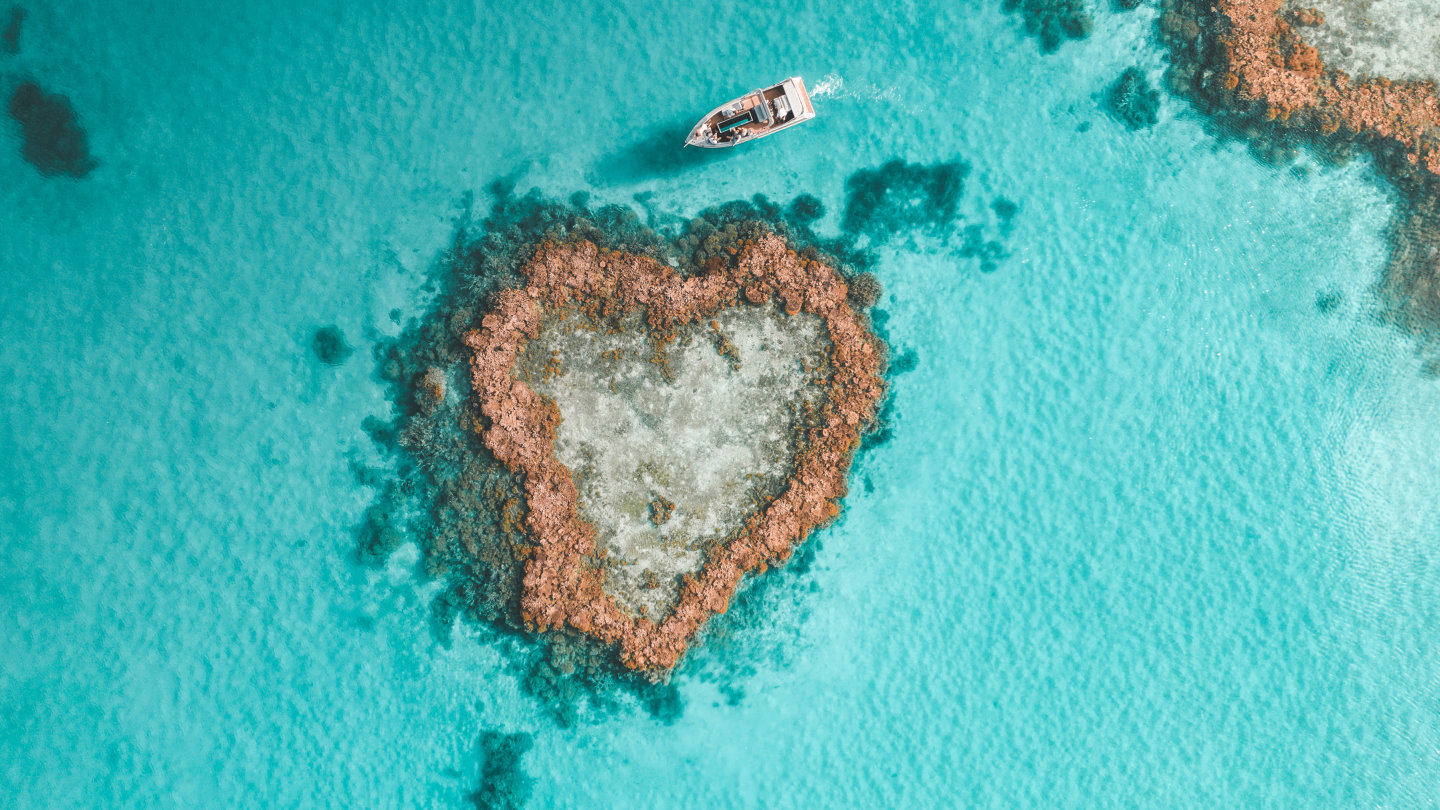
When you travel, interesting things happen. You may miss your flight, get almost arrested, find yourself communicating through signs, indulge in a whimsical cultural nuance, or forge lifelong friendships with total strangers. In the moment, you may feel anxious, frustrated, or pushed out of your comfort zone. Yet, when you look back and think about […]
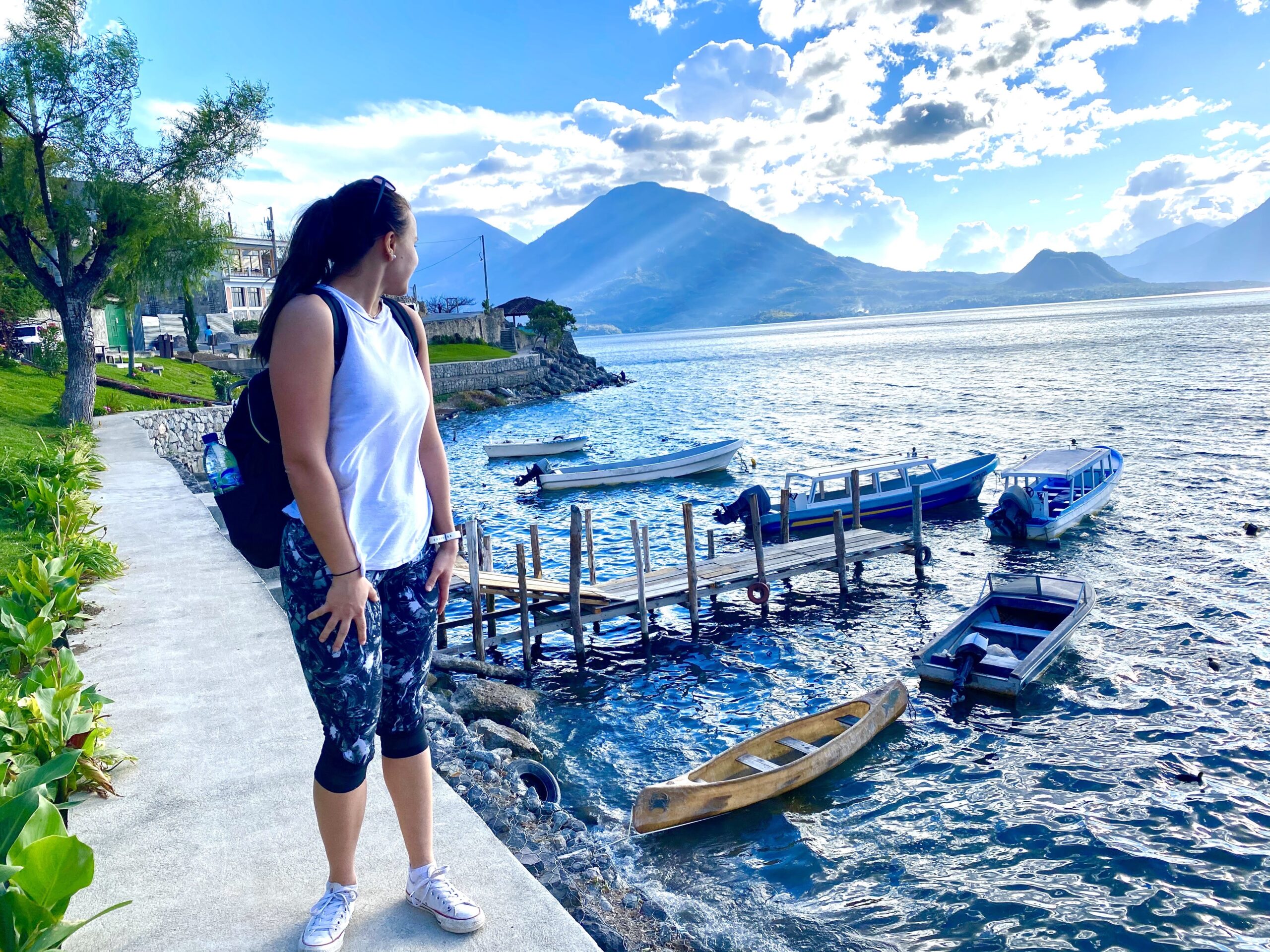
More than Just Memorable The more I travel, the more I find myself seeking meaningful, not simply memorable, travel experiences. This desire has taken me down the path of researching how to travel sustainably, considering the footprint that I have left on past trips, and even partaking in immersion travels where the focus is on […]

Are you in need of a weekend getaway but tired of arguing who gets to use the family cabin? Do you co-own a family rental, and you’re getting calls asking about which plumber to use, who booked the location for next month, or if there’s enough toilet paper? Luckily, SharedKey makes the nitty-gritty aspects of […]

With several countries still closed and vacation plans coming to a halt, the need to travel is at an all-time high. If you are looking through old travel pictures, feeling nostalgic about places, or still trying to plan a trip for the near future, you’ll definitely get the travel blues. The pandemic has everyone on […]

Many malls and shops around the world are still closed, but that should not stop you from shopping for the special man in your life. This summer, shop for products online, that will make dad happy and help change the world! Here are some recommendations for Father’s Day gifts that give back to the community… […]
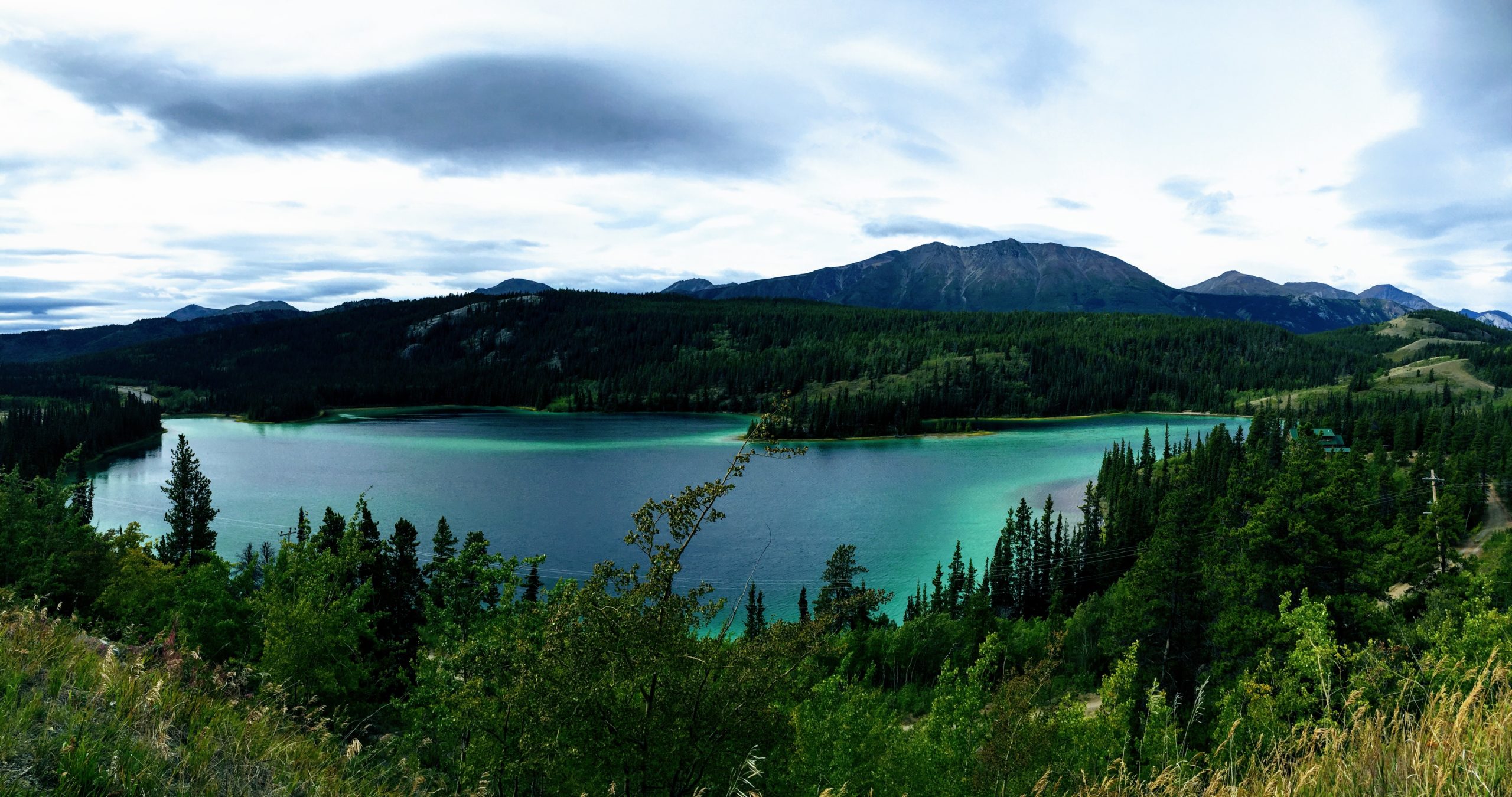
Popular destinations across the globe are virtually capturing their highlights, so that people can still travel, even if it’s from the comfort of their own home. With the numerous travel restrictions in place and a major chunk of time being spent at home, virtual experiences of exotic places around the world can uplift spirits by […]
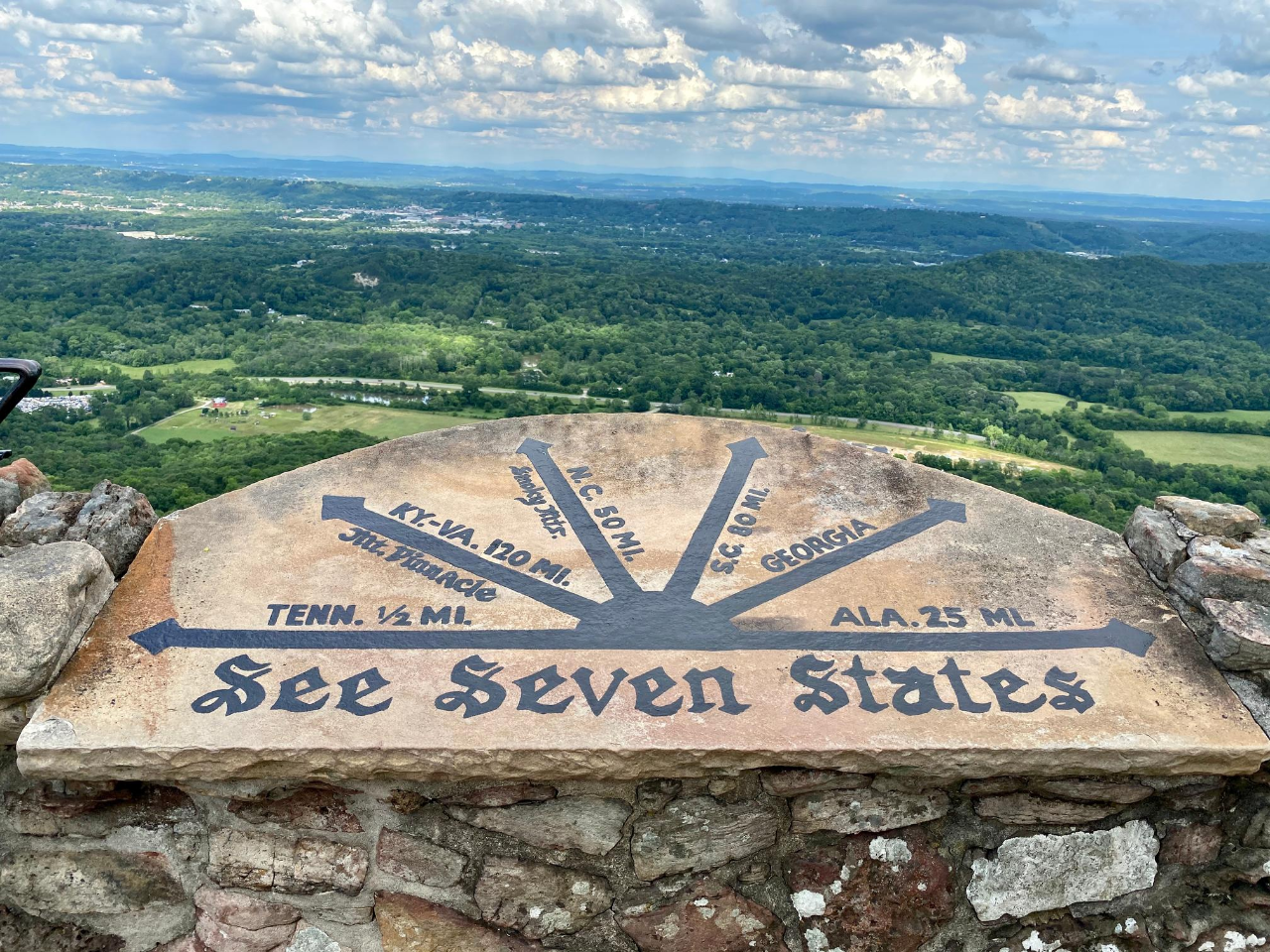
Due to the Coronavirus, the closing of numerous states and countries have put a pause in many people’s travel plans. Though it may be a while before the tourism industry takes full flight again, the United States is beginning to ease its quarantine restrictions as states make plans to reopen. That being said, family-friendly, affordable […]
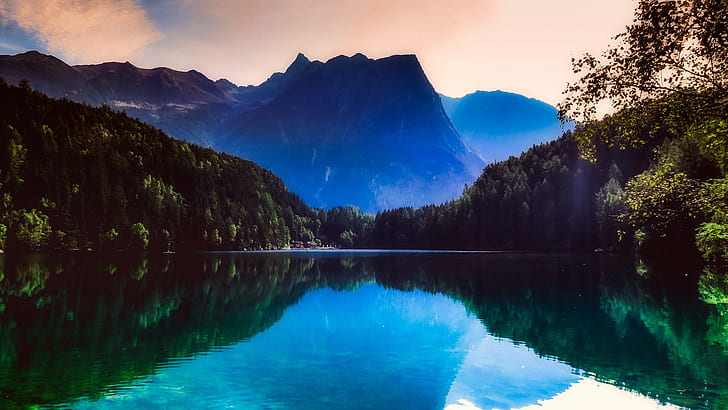
If you are looking for travel inspiration and want to start planning your next trip, the first virtual travel issue of the Alliance’s AllWays Traveller’s Journal is out. I’m sure you have lots of websites, emails and magazines enticing you to travel when it is safe to do so. How to Use Digital Travel Magazines To Plan […]
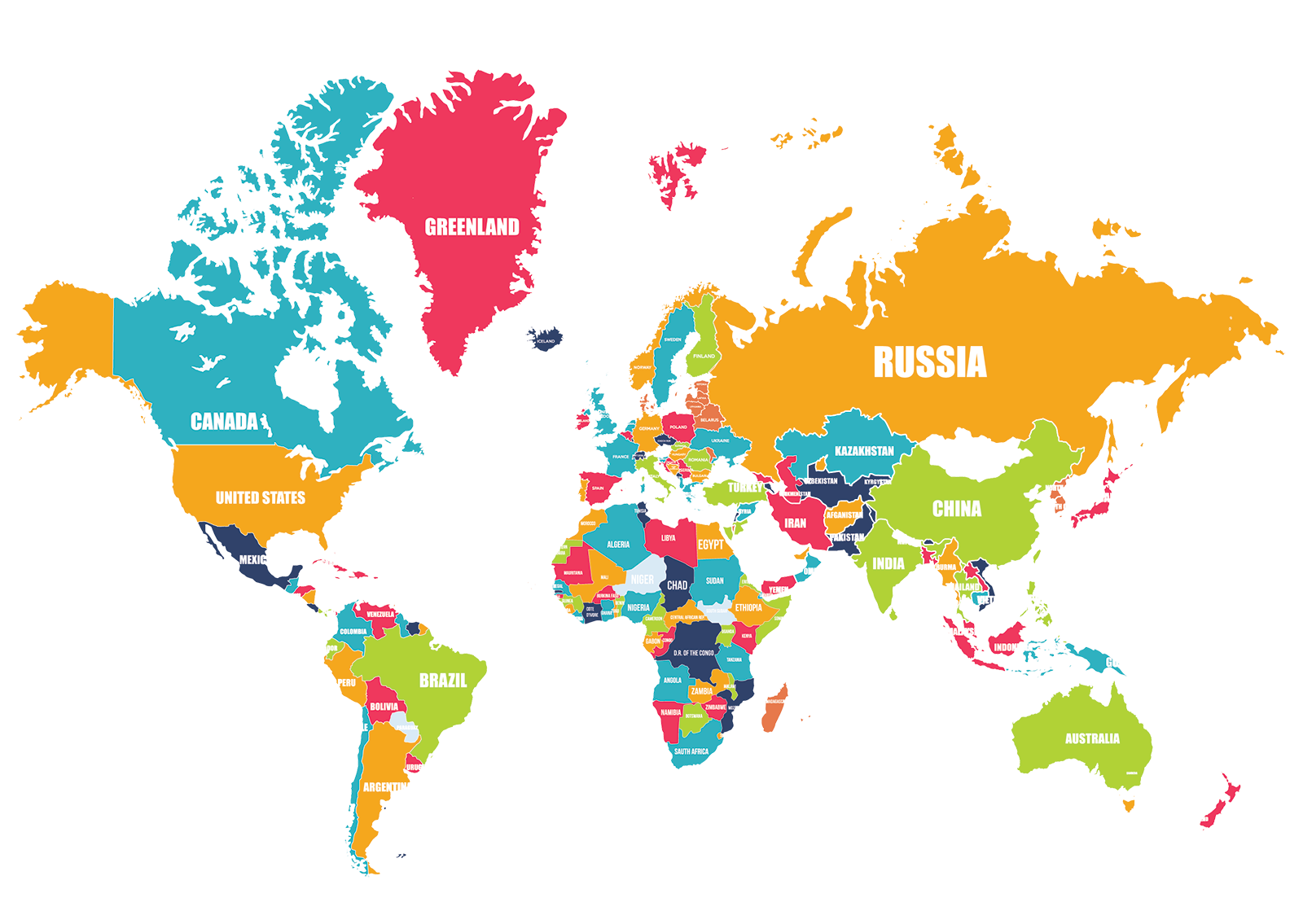
In the midst of global pandemic, I say this – Keep Calm and Keep Traveling! I am sure if you are watching the news or are on social media, you are overwhelmed with all so much information about coronavirus thrown at you constantly. How do you make a decision to keep your travel plans or […]
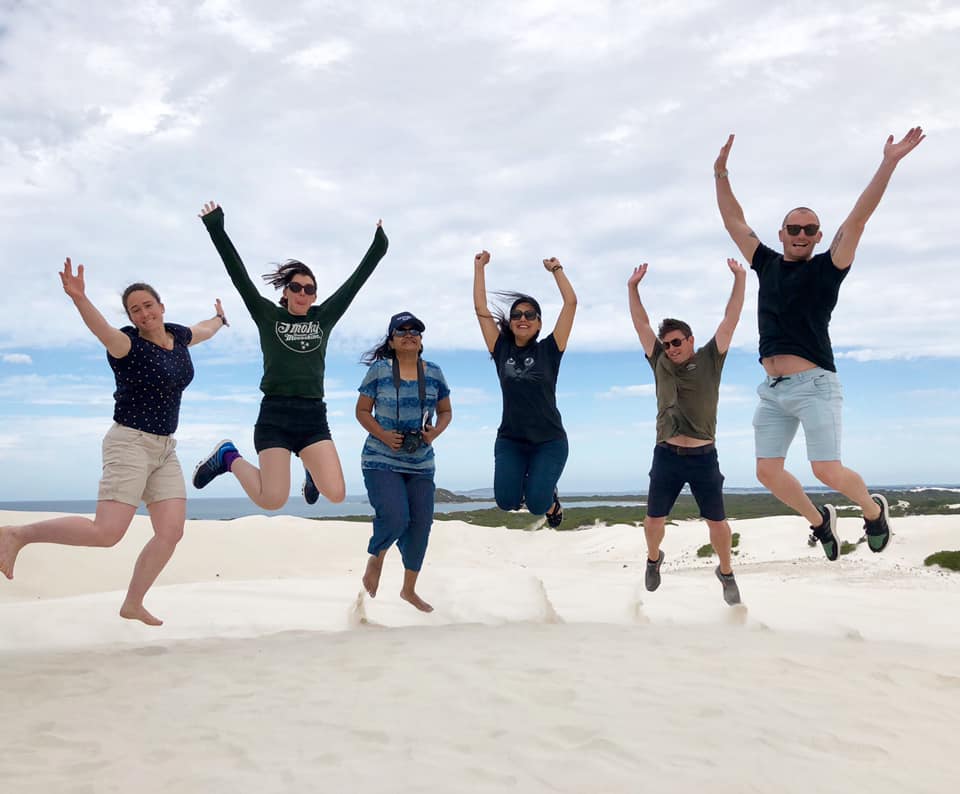
According to a recent study, only 42% of U.S. citizens currently have a passport (as oppose to 4% in 1990). More Americans are traveling abroad than ever. If you are someone who is leaving the country for the first time, it is good to do your homework. You are probably getting excited to go on […]
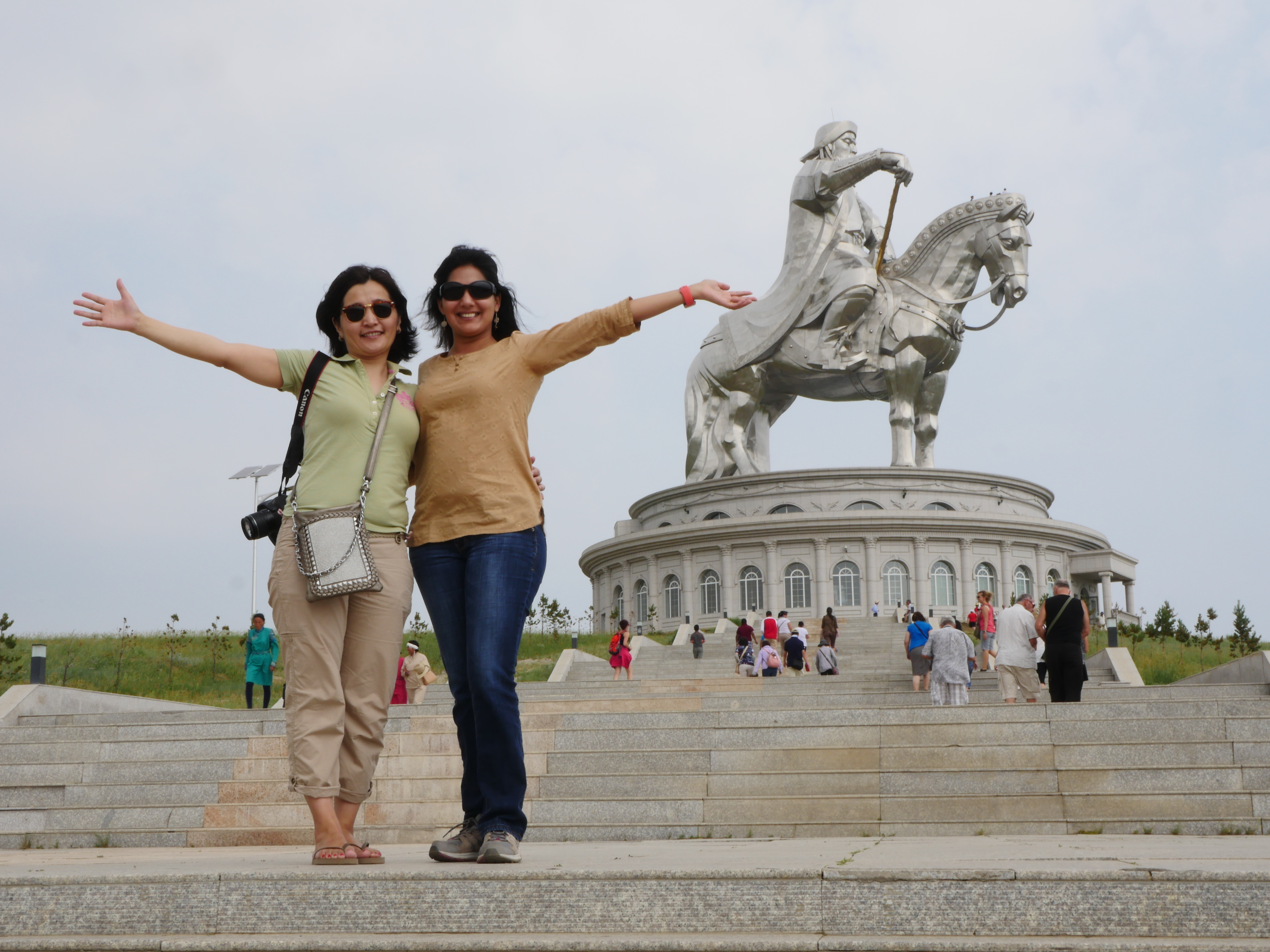
As we celebrate International Women’s Day, I want to especially recognize women in travel. Travel is a powerful tool that helps women become independent, gain self-confidence, empower, be economically and socially impactful. Over the years, I have met countless women who worked in the tourism ministry, as travel agents, tour guides, and more. Here are […]

You have heard hostess with the mostess. But here’s how you can be a a perfect guest this holiday season..

I recently discovered Sweet Loren’s, a brand of cookie dough available in most grocery stores. What caught my attention was that these were whole grain, dairy-fee, with no artificial flavors, trans fats and high fructose corn syrup. Finally, a cookie that won’t weigh you down and feels good to the tastebuds! What’s more unique is […]

People love to move house. Sometimes people move for a job or to live closer to family. Often it is because they have outgrown their current home, and sometimes people move just for that feeling of a fresh start. Just last week, one of my friends contacted the top real estate agent Winston Salem citizens […]

Exclusive interview with 21-year old Alison Lee, a LPGA champion and one of the most beautiful women in golf.

Interview with Ryann O’Toole, American female professional golfer currently playing on the LPGA Tour and the Futures Tour.